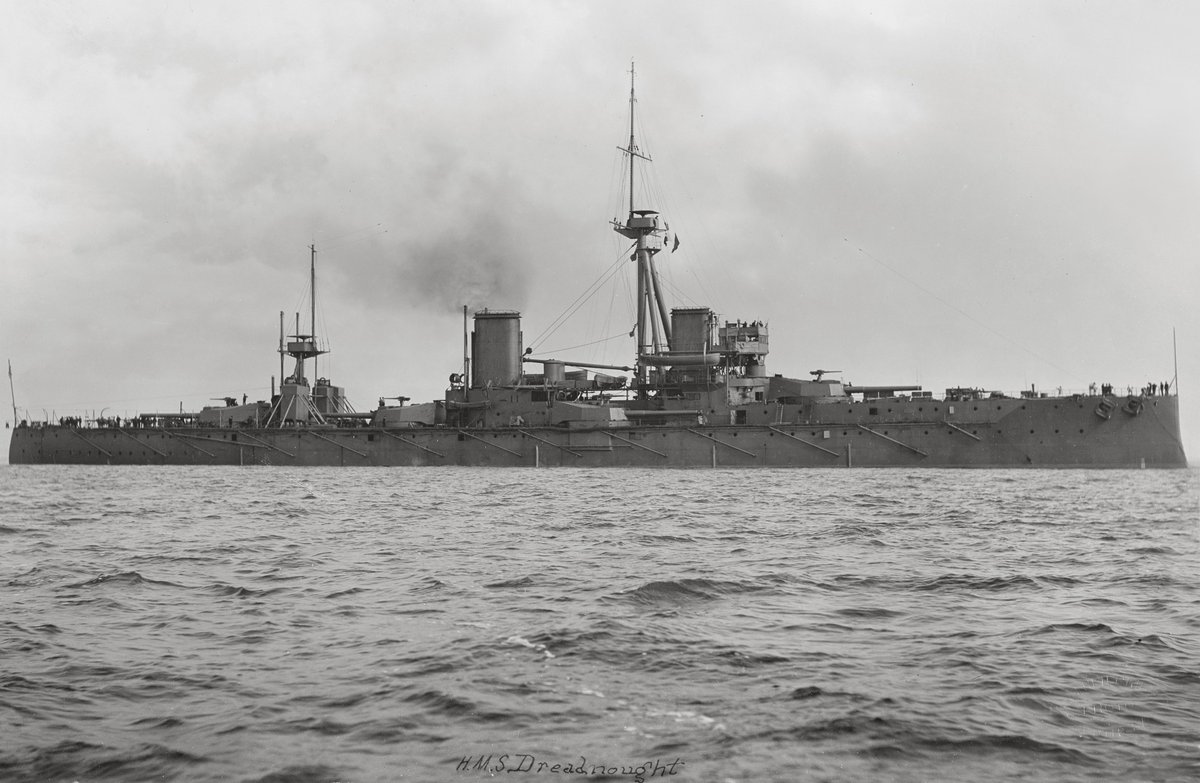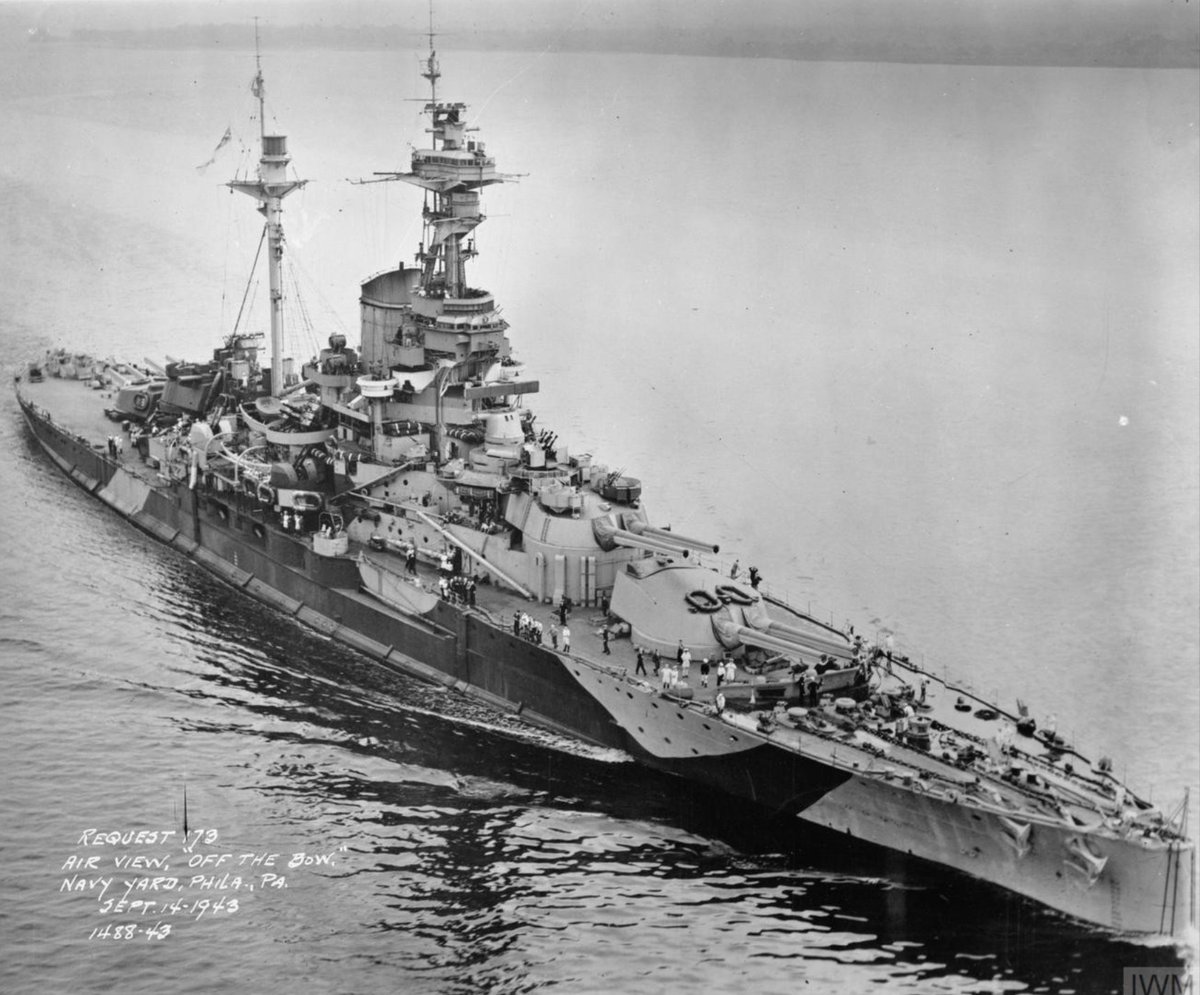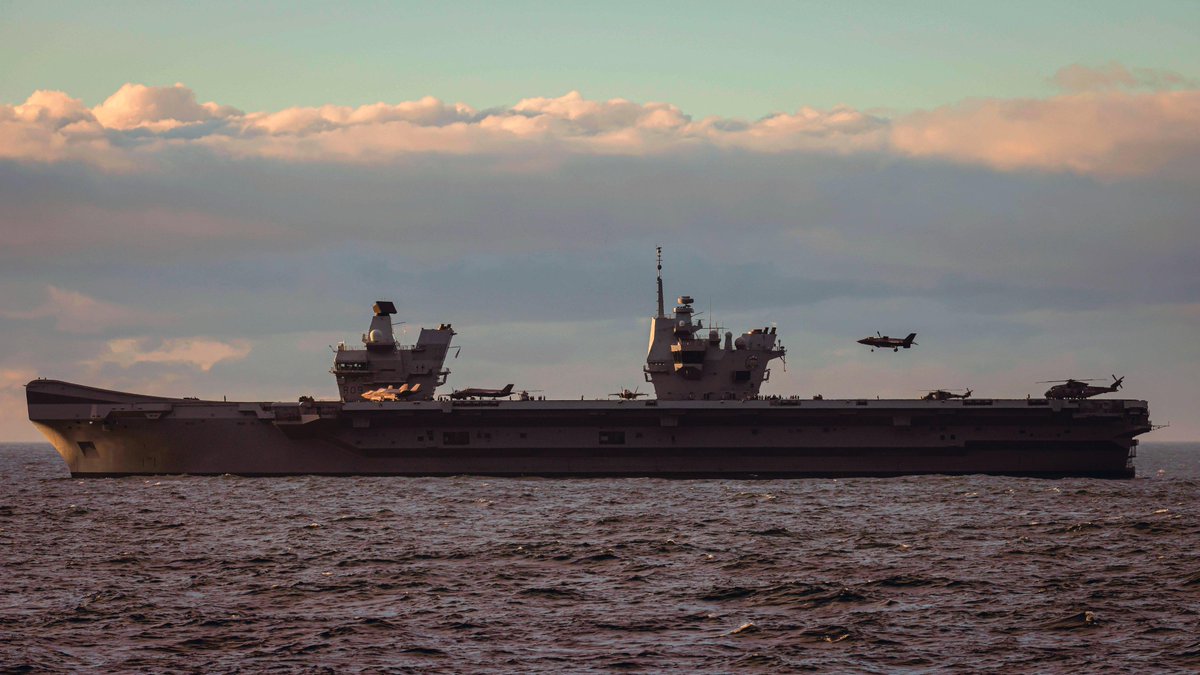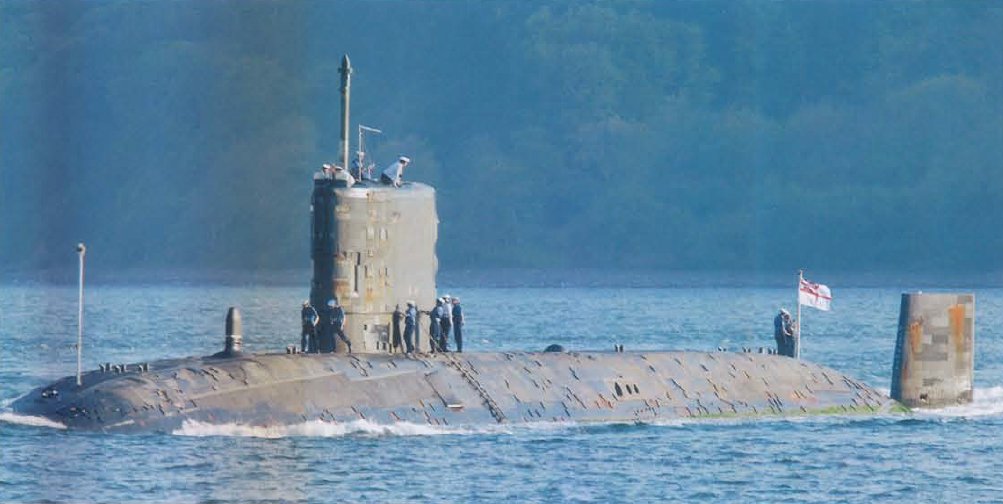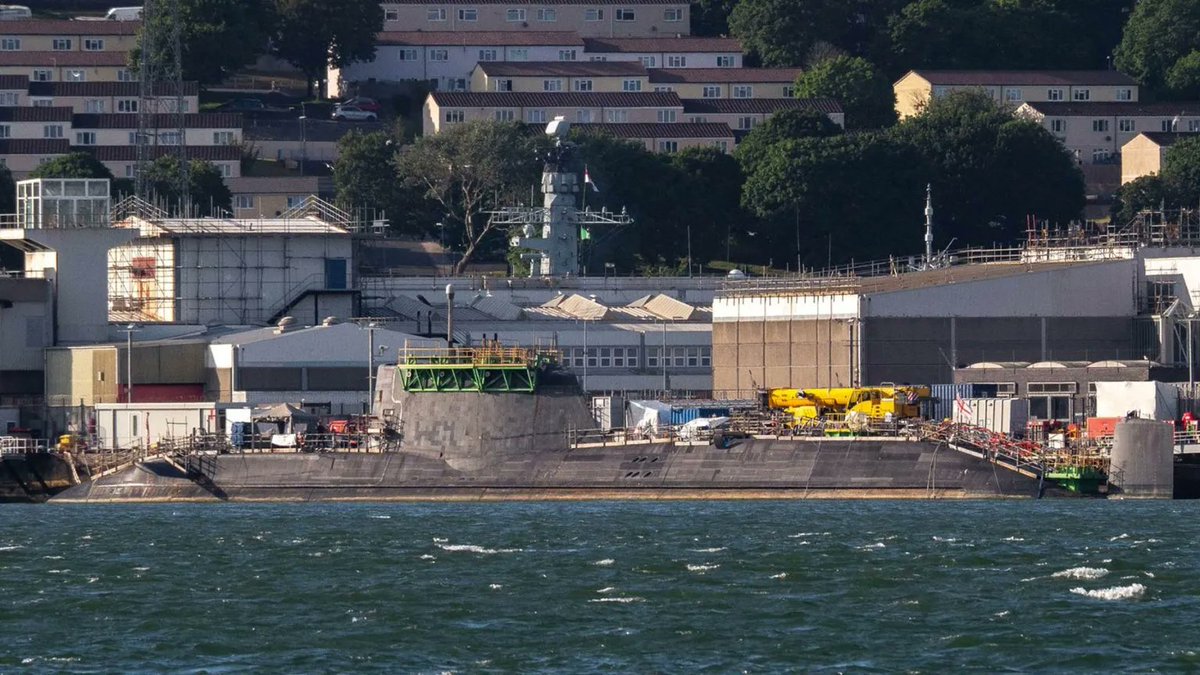The King George V class - Fire Control Arrangements
(Not how the maths works - that's far too complicated!)
(1/17)
(Not how the maths works - that's far too complicated!)
(1/17)
For the 14-inch guns the centrepiece of the Fire Control System was the Admiralty Fire Control Table (AFCT). The KGVs carried the Mark IX.
(Pictured is Belfast's, a Mk VI, which is smaller).
Each turret also contained an Admiralty Fire Control Box for local control.
(2/17)
(Pictured is Belfast's, a Mk VI, which is smaller).
Each turret also contained an Admiralty Fire Control Box for local control.
(2/17)

The AFCT was buried deep within the ship, under armour, in the Transmitting Station.
The main armament was controlled via the AFCT from one of three locations:
- The forward Director Control Tower
- The aft Director Control Tower
- 'B' Turret
(3/17)
The main armament was controlled via the AFCT from one of three locations:
- The forward Director Control Tower
- The aft Director Control Tower
- 'B' Turret
(3/17)

The Director Control Tower (DCT) combined the earlier Director Tower with control personnel. The idea was to avoid coordination problems by combining rangefinding, director and control personnel in one location.
(Shown is a cruiser's, but very similar)
(4/17)
(Shown is a cruiser's, but very similar)
(4/17)

The forward DCT was the principle fire control position. The position was unarmoured, being located high in the ship.
The aft DCT functioned as a back up to the forward director, in case of action damage, and also covered the arcs the forward couldn't see.
(5/17)
The aft DCT functioned as a back up to the forward director, in case of action damage, and also covered the arcs the forward couldn't see.
(5/17)

The aft DCT was also splinter protected, with 3" of Non Cemented armour plating.
In case both DCTs were out of action, the entire 14-inch battery could be controlled from 'B' turret.
(6/17)
In case both DCTs were out of action, the entire 14-inch battery could be controlled from 'B' turret.
(6/17)
The DCT was designed with a 15 foot (4.6m) rangefinder. In Duke of York, Anson and Howe, the forward DCT had this replaced by a 22 foot (6.7m) model before completion.
(7/17)
(7/17)

Ranges from the DCTs were supplemented from long-base rangefinders in each turret.
'A' and 'Y' turrets had 41 foot (12.5m) models. 'B' turret had a duplex 30 foot (9.1m) model. These could slew 5 degrees either way to allow for deflection.
(8/17)
'A' and 'Y' turrets had 41 foot (12.5m) models. 'B' turret had a duplex 30 foot (9.1m) model. These could slew 5 degrees either way to allow for deflection.
(8/17)

Designed before radar, the class nonetheless entered service with a set for fire control. King George V entered service with a Type 284 set on her forward DCT. By the end of the war all ships had radar on both DCTs, mostly with the Type 274 which followed the Type 284.
(9/17)
(9/17)

The fire control system proved very successful, perhaps best shown by Duke of York's performance at the Battle of North Cape.
(10/17)
(10/17)

The 5.25-inch guns were controlled by 4 High Angle Director Towers (HADT), in a 'four cornered' arrangement.
Each nominally controlled two of the 5.25-inch turrets and covered that 'quarter'.
(11/17)
Each nominally controlled two of the 5.25-inch turrets and covered that 'quarter'.
(11/17)

King George V and Prince of Wales had Mk IV HADTs. Duke of York, Anson and Howe had Mk V HADTs. Anson later had these replaced with Mk VI towers.
The differences were mostly layout and space - the later ones had better provision for radar, for example.
(12/17)
The differences were mostly layout and space - the later ones had better provision for radar, for example.
(12/17)
All four turrets on each side could be connected to either HADT for flexibility / redundency.
Each HADT also had it's own 'High Angle Control Position' (HACP) below armour - a 'transmitting station' for the secondary armament.
(12/17)
Each HADT also had it's own 'High Angle Control Position' (HACP) below armour - a 'transmitting station' for the secondary armament.
(12/17)

Because the 5.25-inch guns were dual purpose, each HACP contained two fire control computers. A High Angle Control System Mk IV* (HACS) for anti-air work and a Admiralty Fire Control Clock Mk VII* (AFCC) for anti-surface work. These were toggled by a simple switch.
(13/17)
(13/17)

The HADTs contained a 15 foot (4.6m) rangefinder, and carried radar from 1941 (generally Type 285, but Anson had these replaced by Type 275 in 1944-45).
(14/17)
(14/17)
As designed, each of the four Octuple Pom Poms had its own director. When the Pom Poms were increased to 6, the number of directors was increased as well, but the one controlling 'B' turret's pom pom was later removed. Ultimately there were 7 directors for the 8 mounts.
(15/17)
(15/17)

These Pom Pom mounts also gained radar - Type 272 - during the war for rangefinding.
Finally, the surviving ships had 2 Quad Bofors mounts, and therefore these had US Mk 51 directors fitted,
(16/17)
Finally, the surviving ships had 2 Quad Bofors mounts, and therefore these had US Mk 51 directors fitted,
(16/17)

Overall, I believe this to be a thorough, successful and well thought out set of fire control arrangements.
Modernisation was proposed post-war but there wasn't the money for this and nothing was done before the ships entered reserve.
(17/17)
Modernisation was proposed post-war but there wasn't the money for this and nothing was done before the ships entered reserve.
(17/17)

• • •
Missing some Tweet in this thread? You can try to
force a refresh






